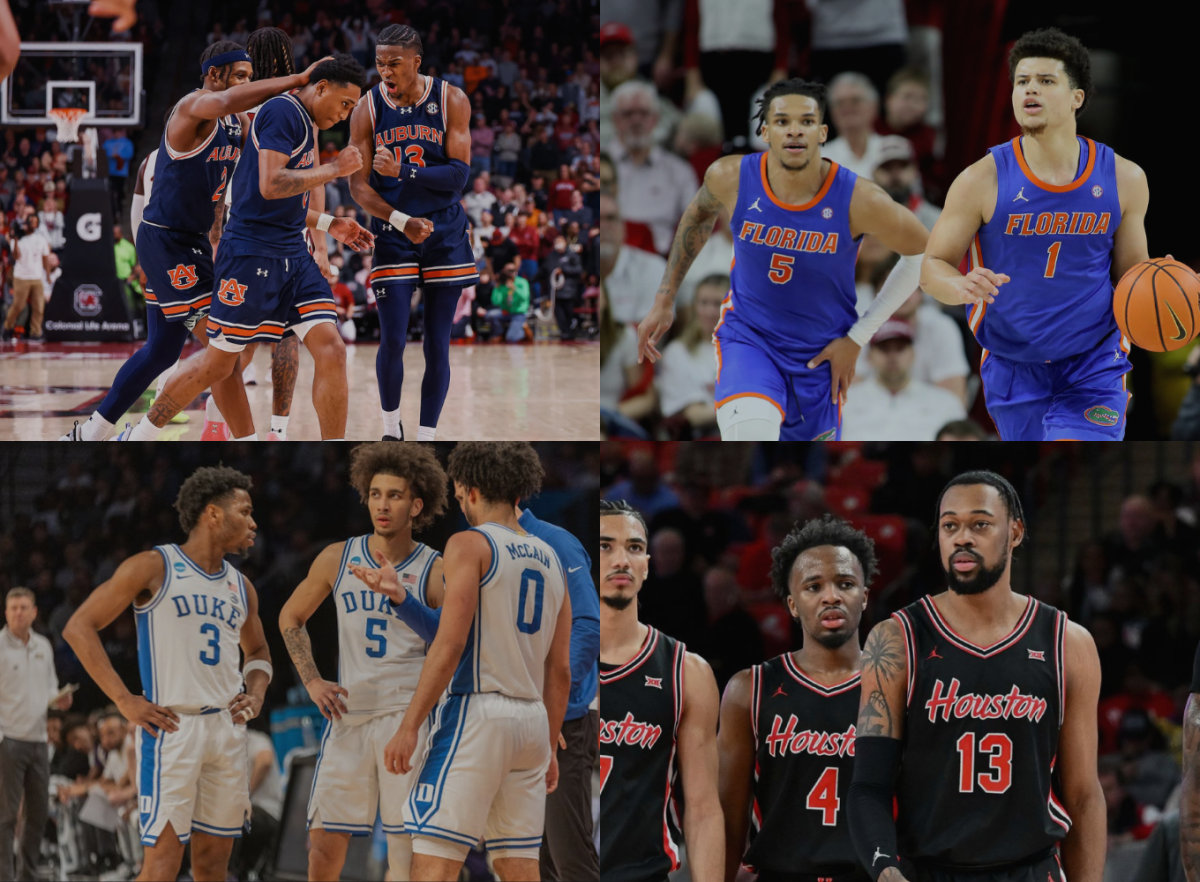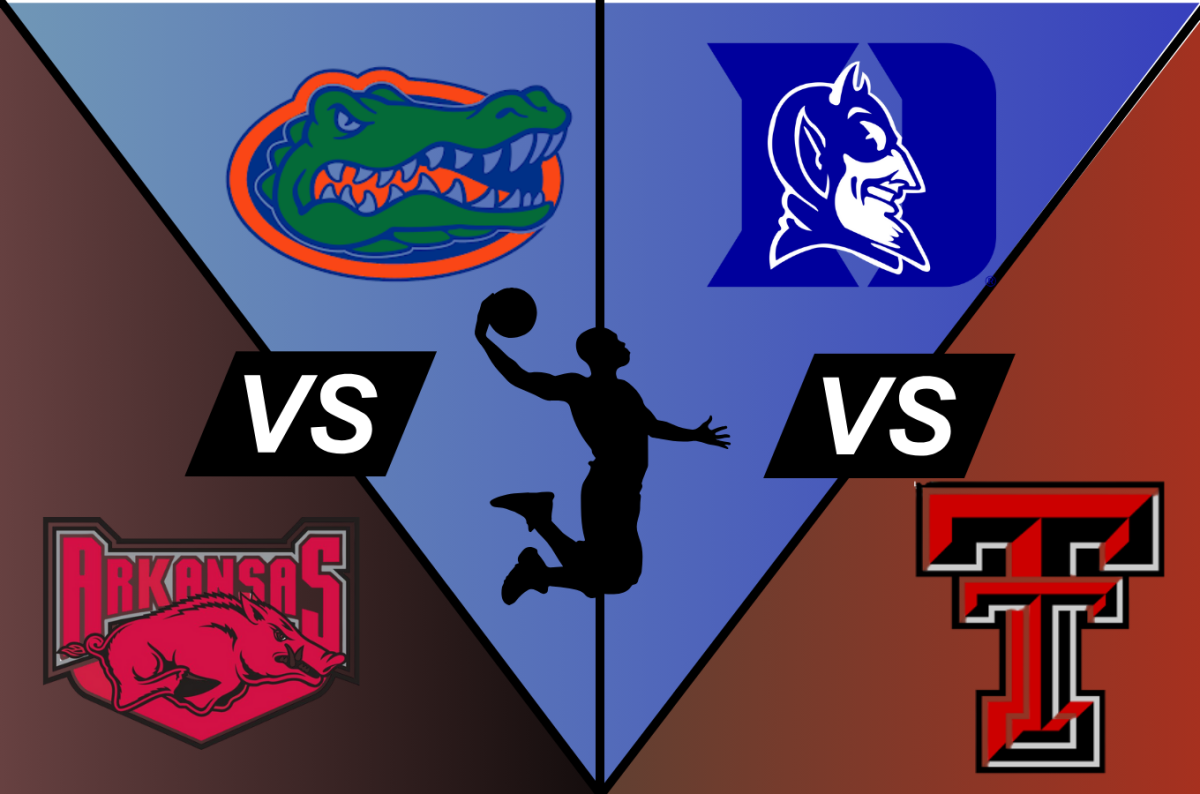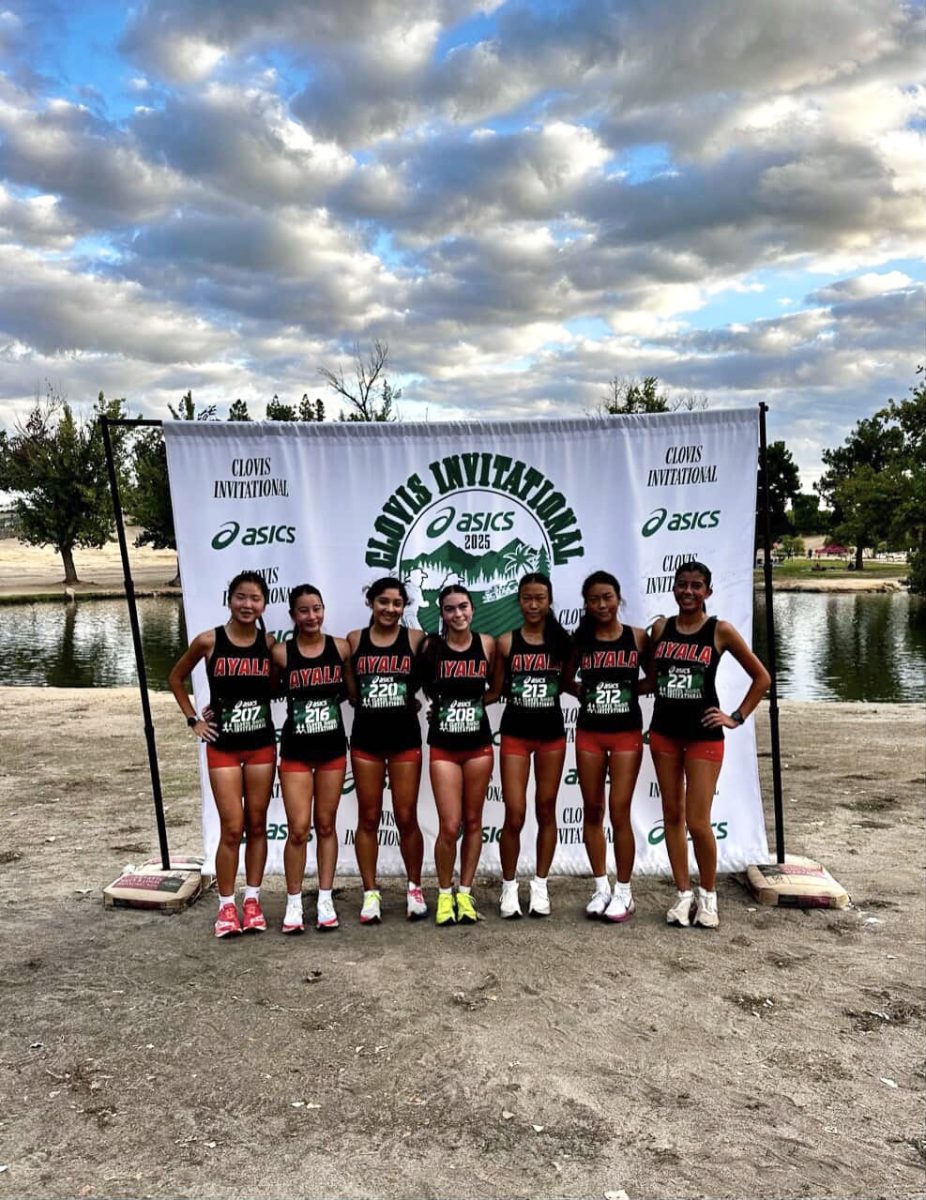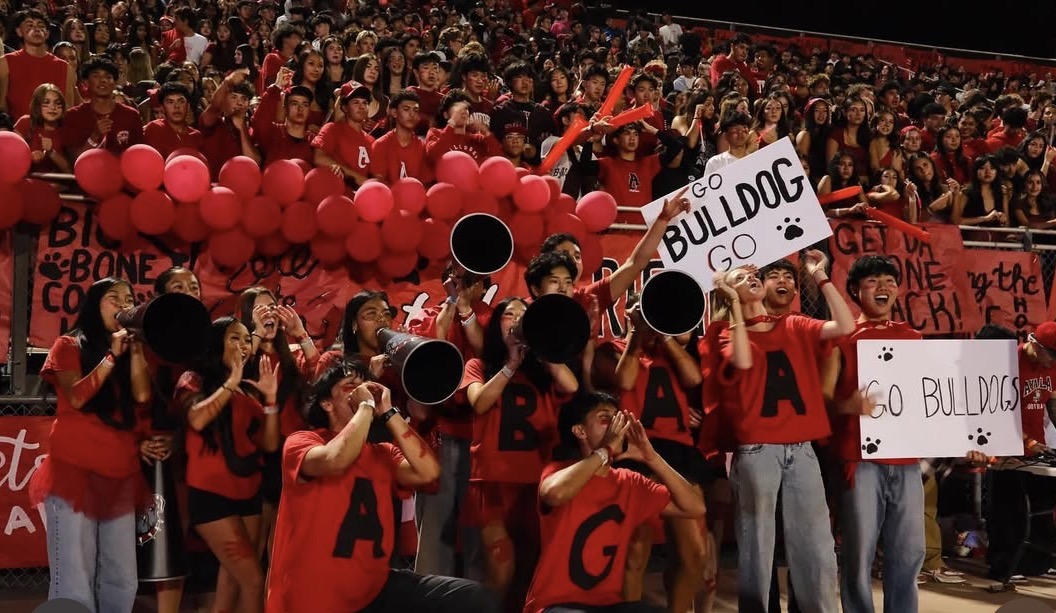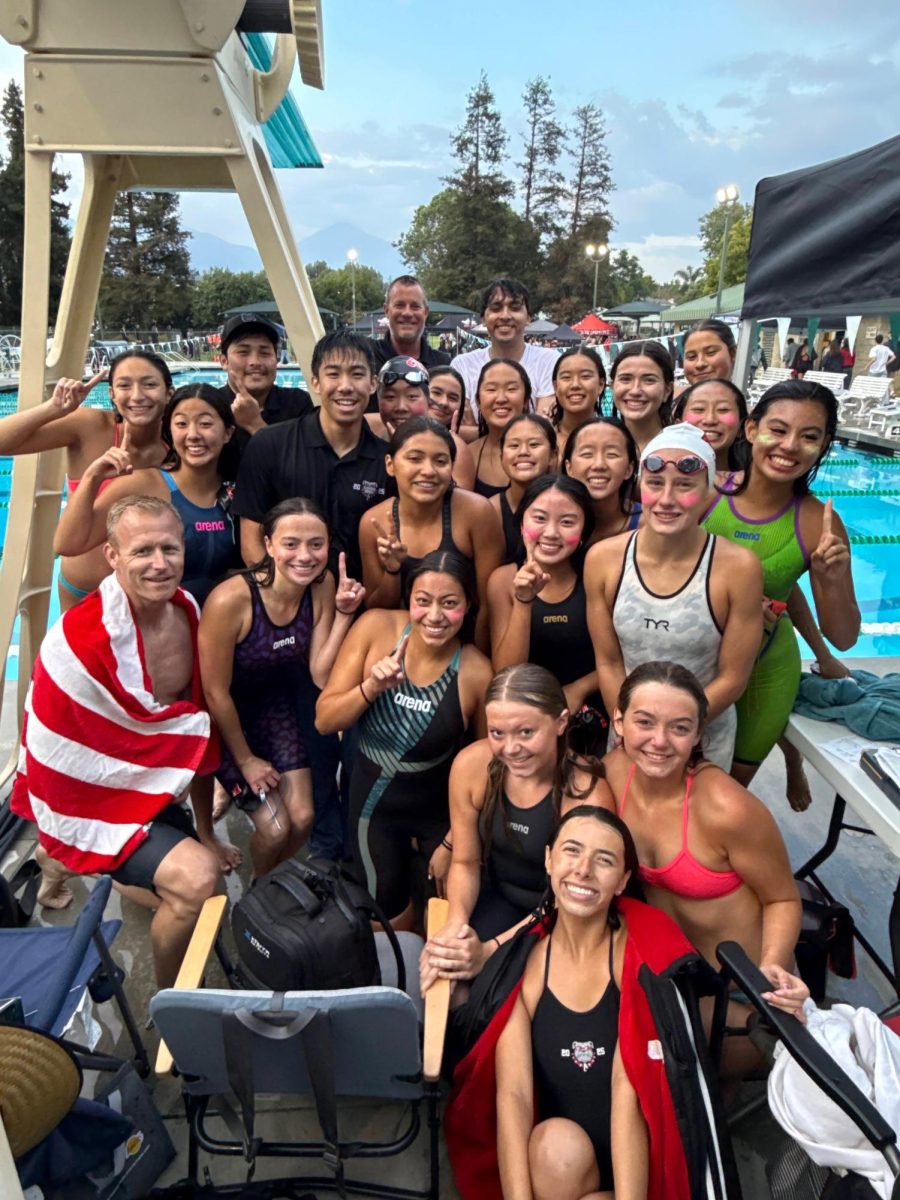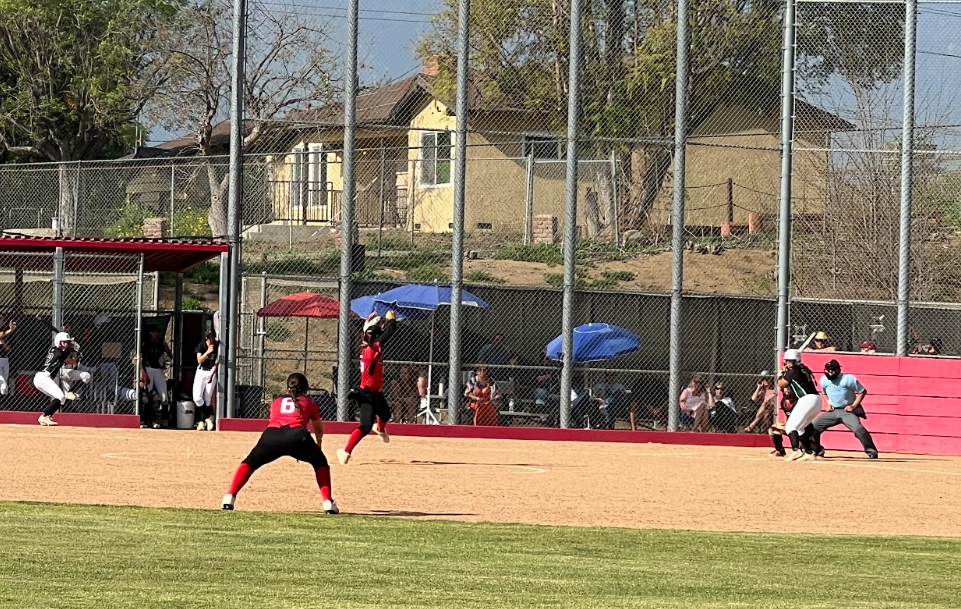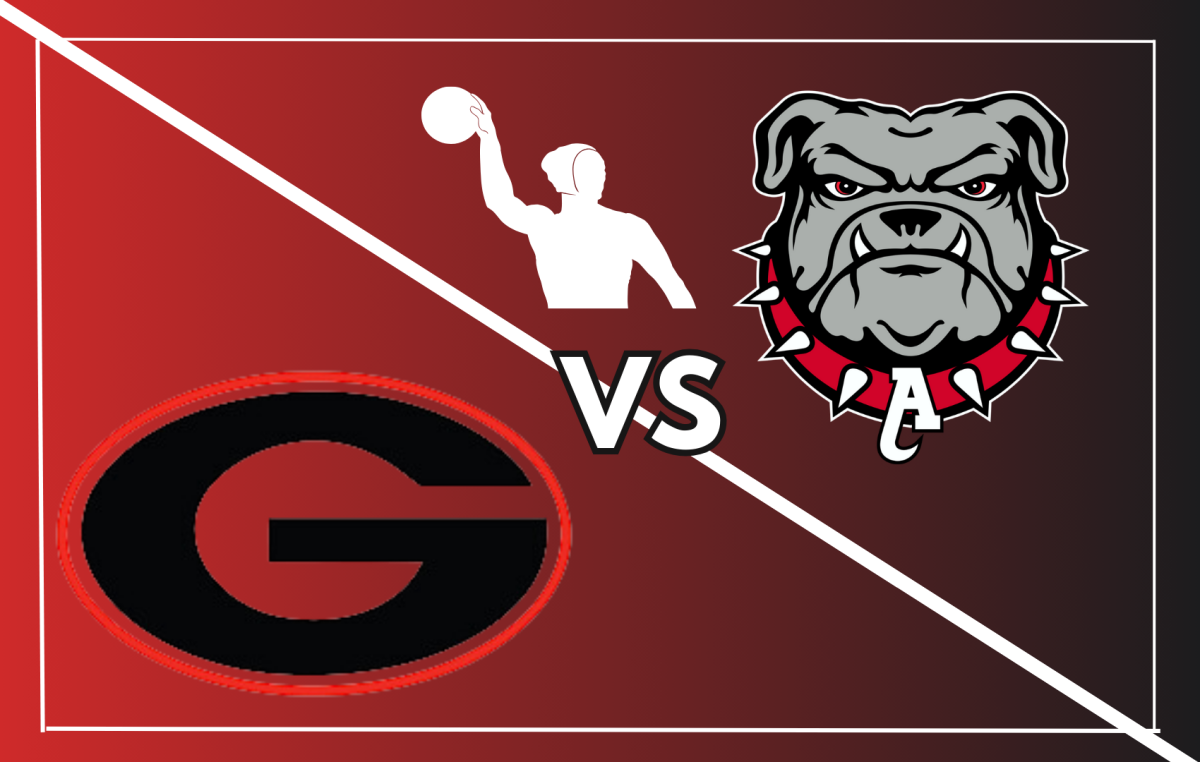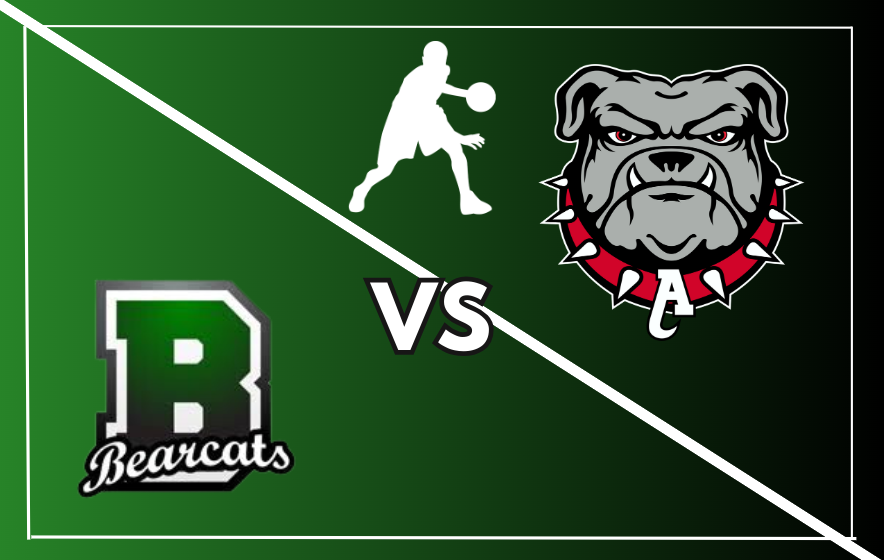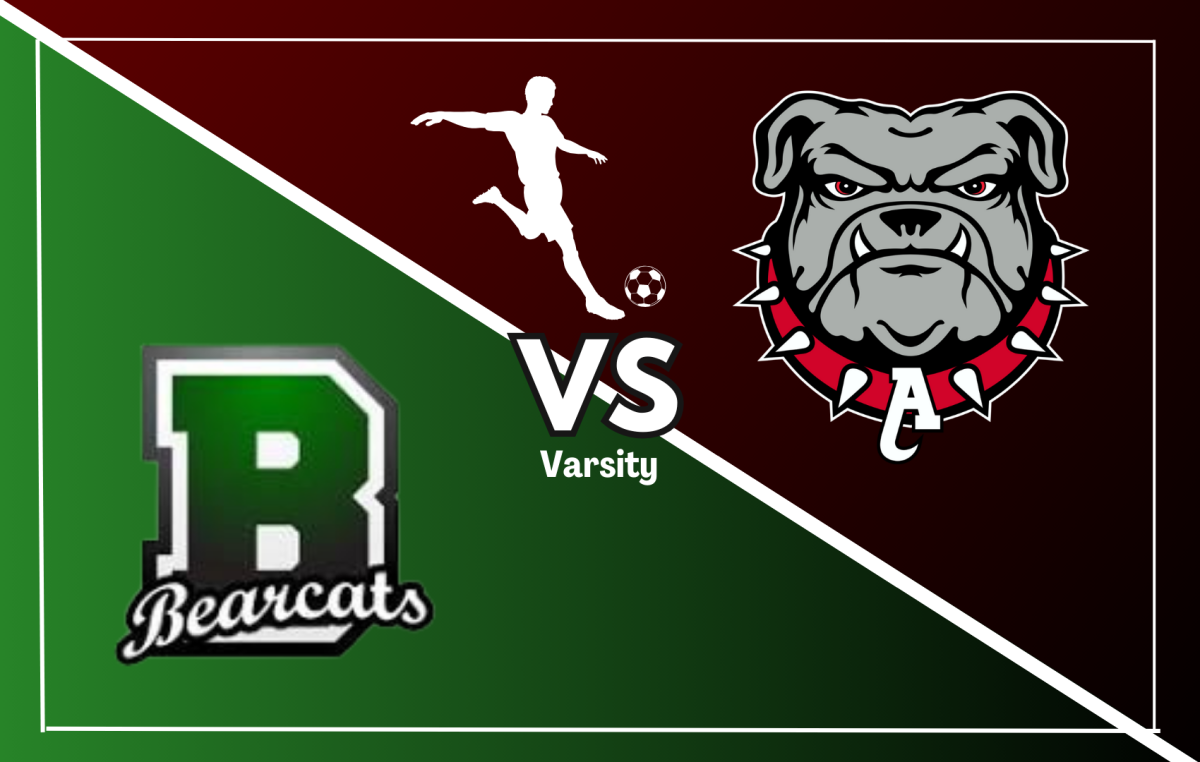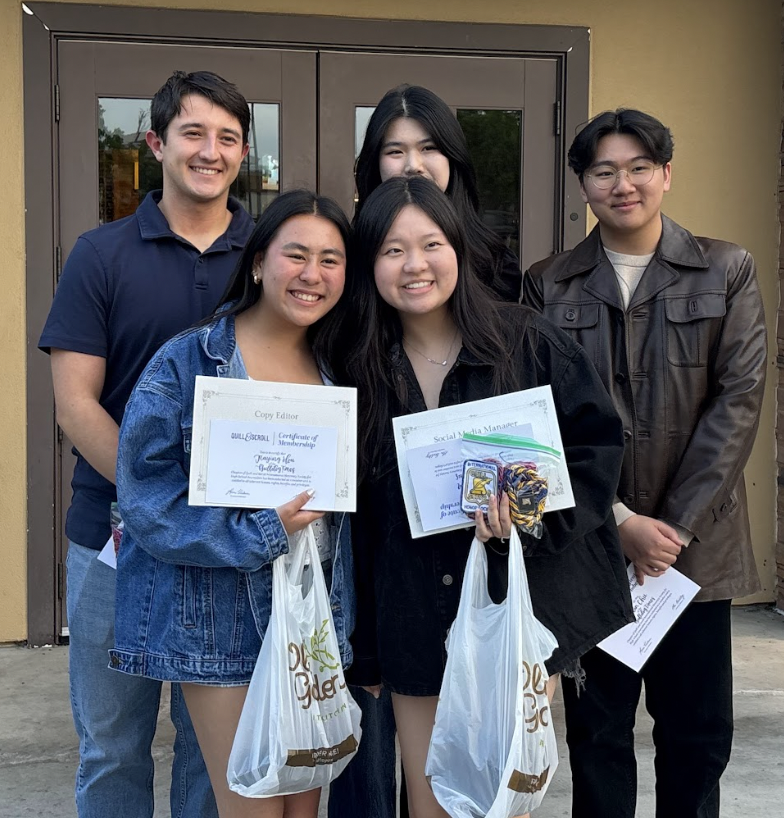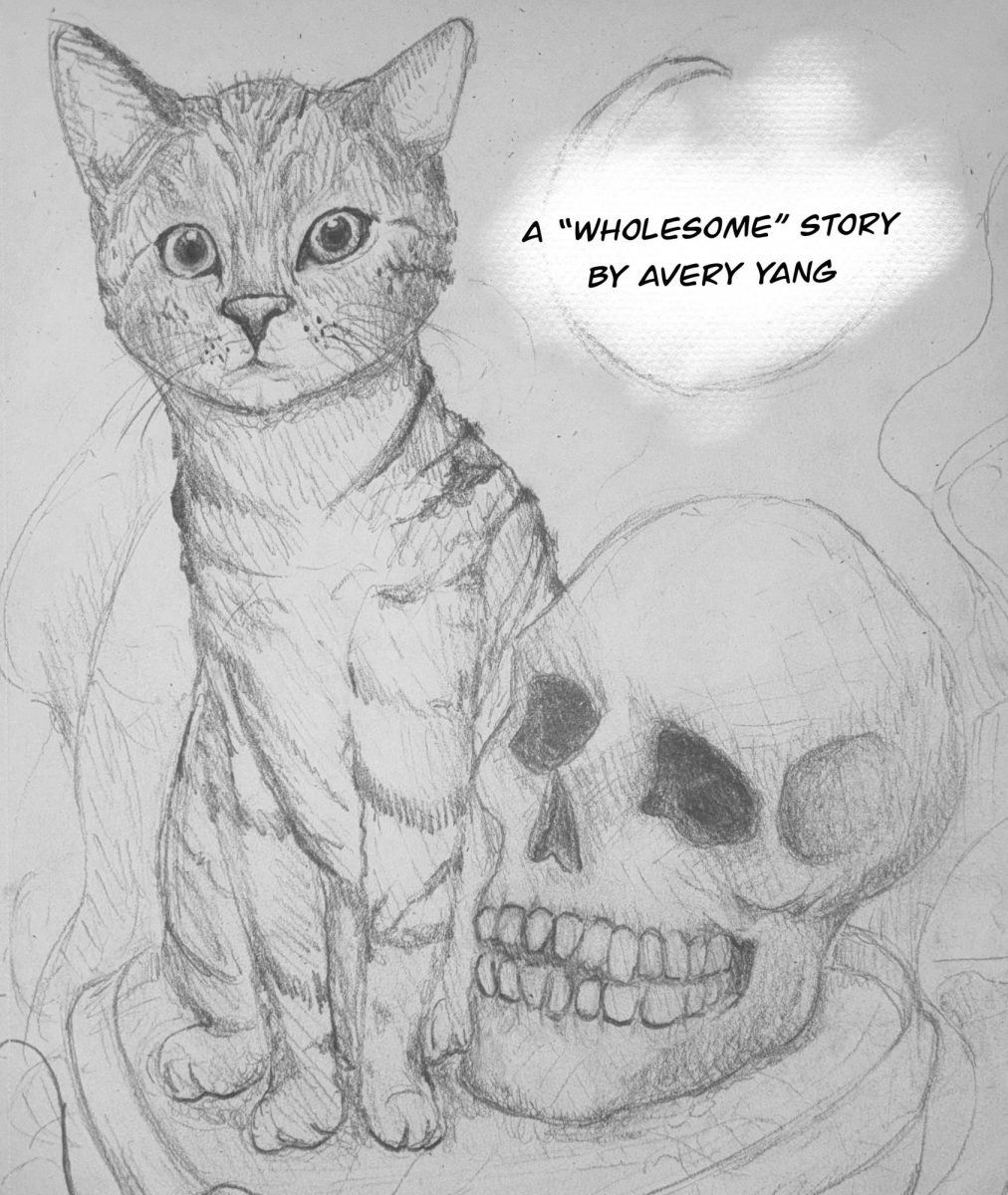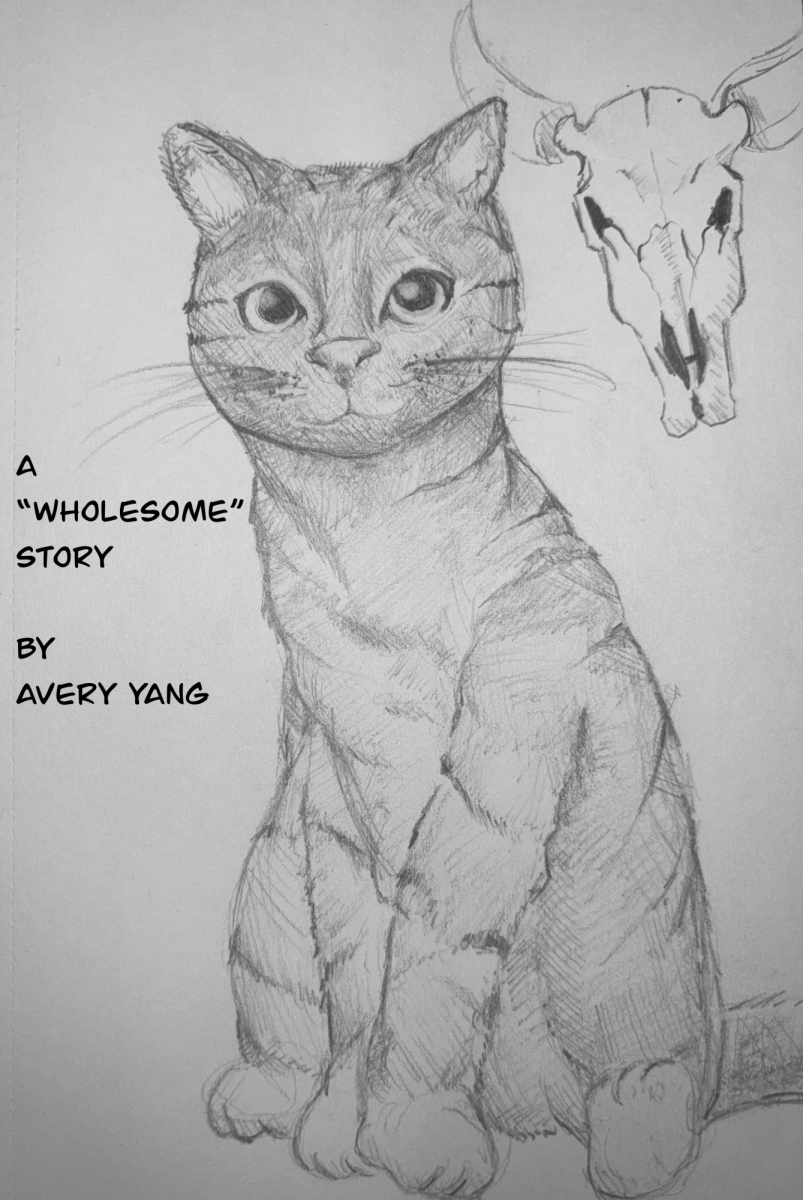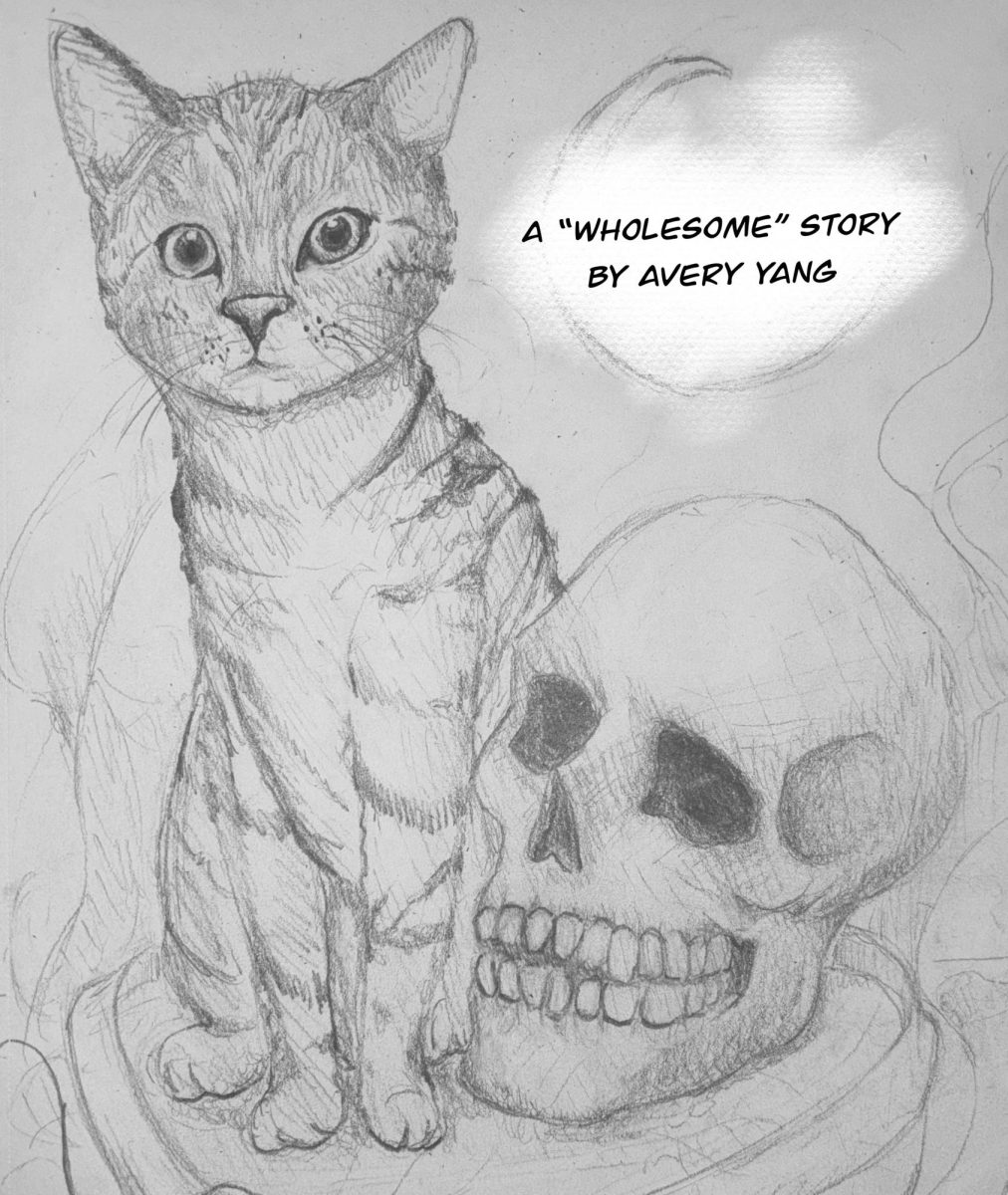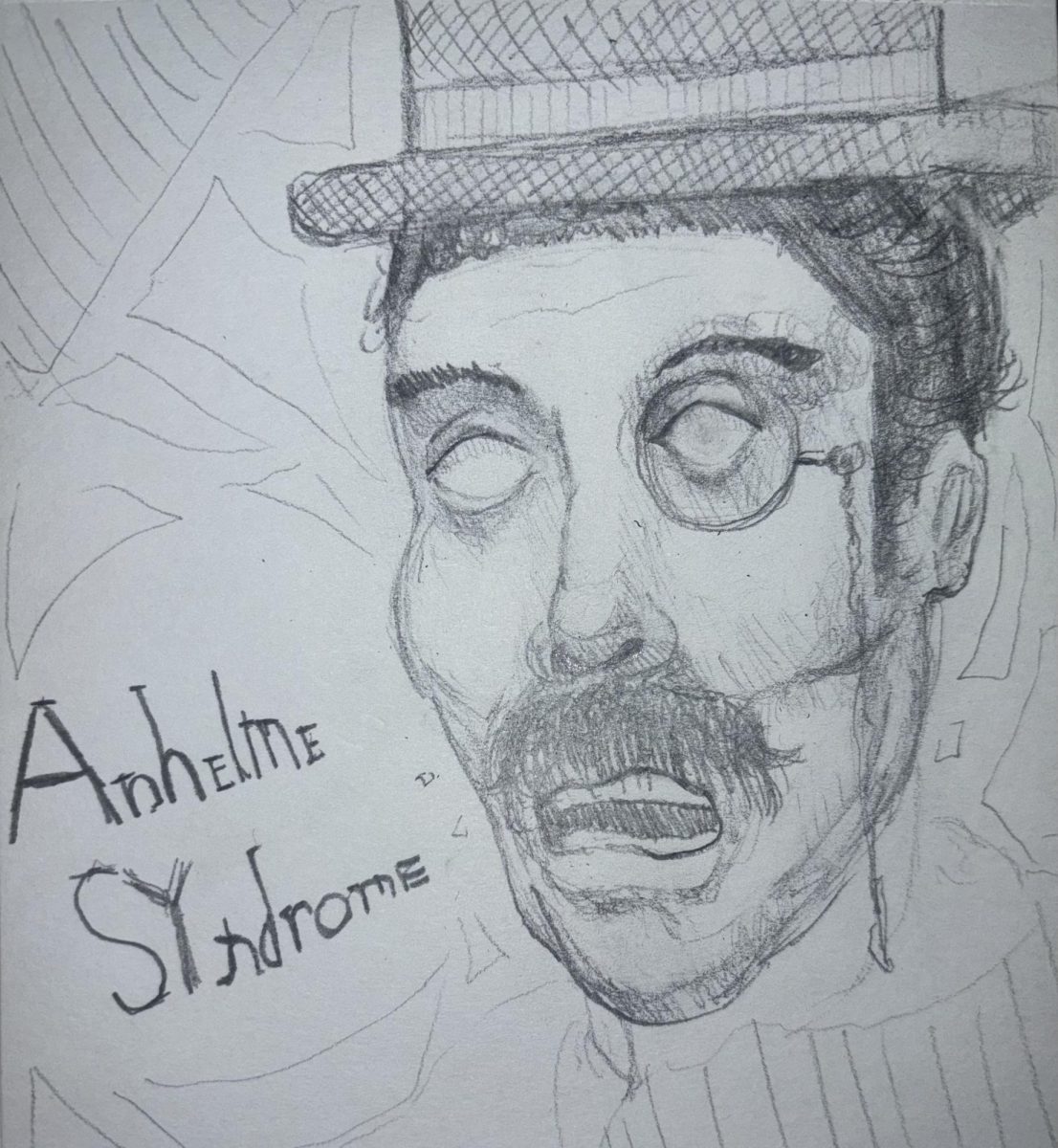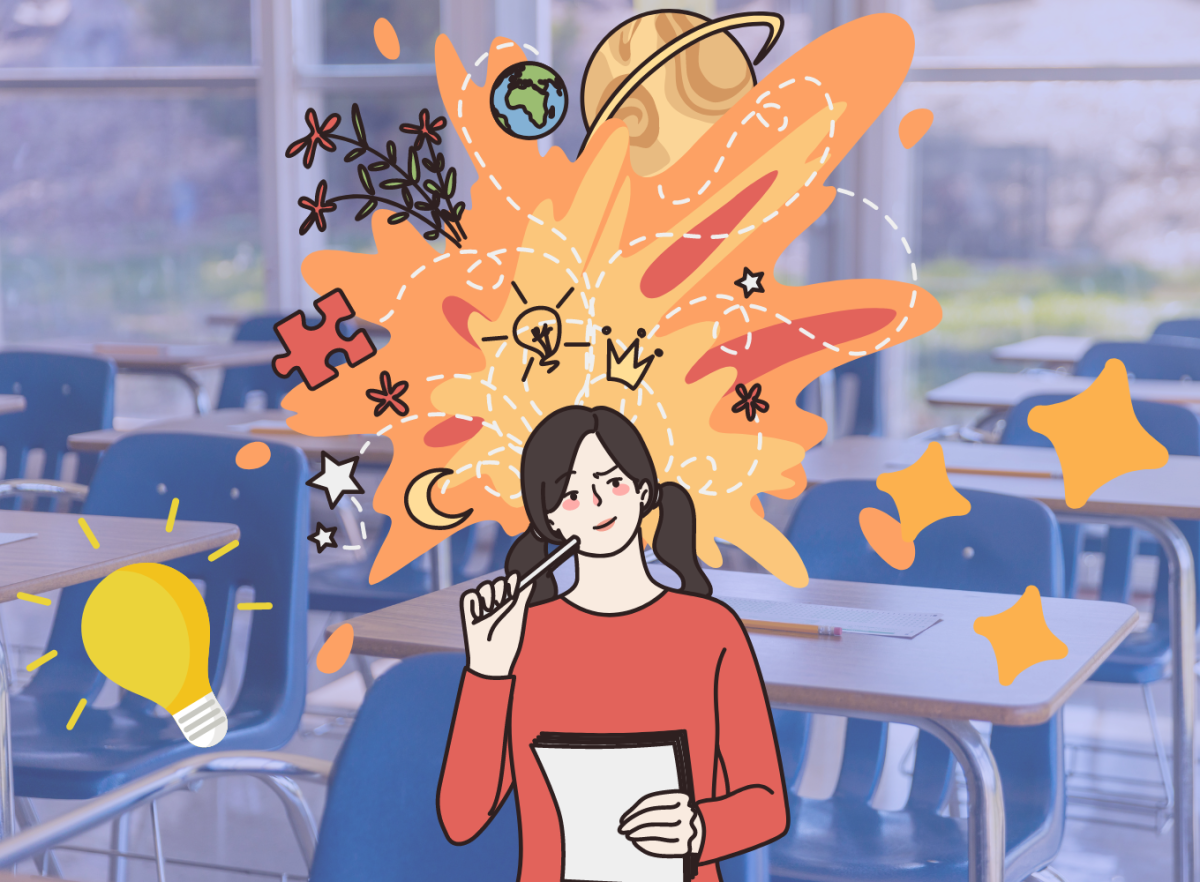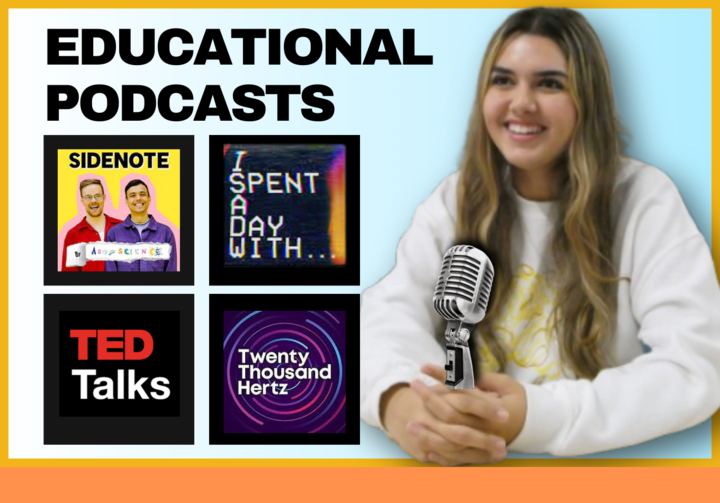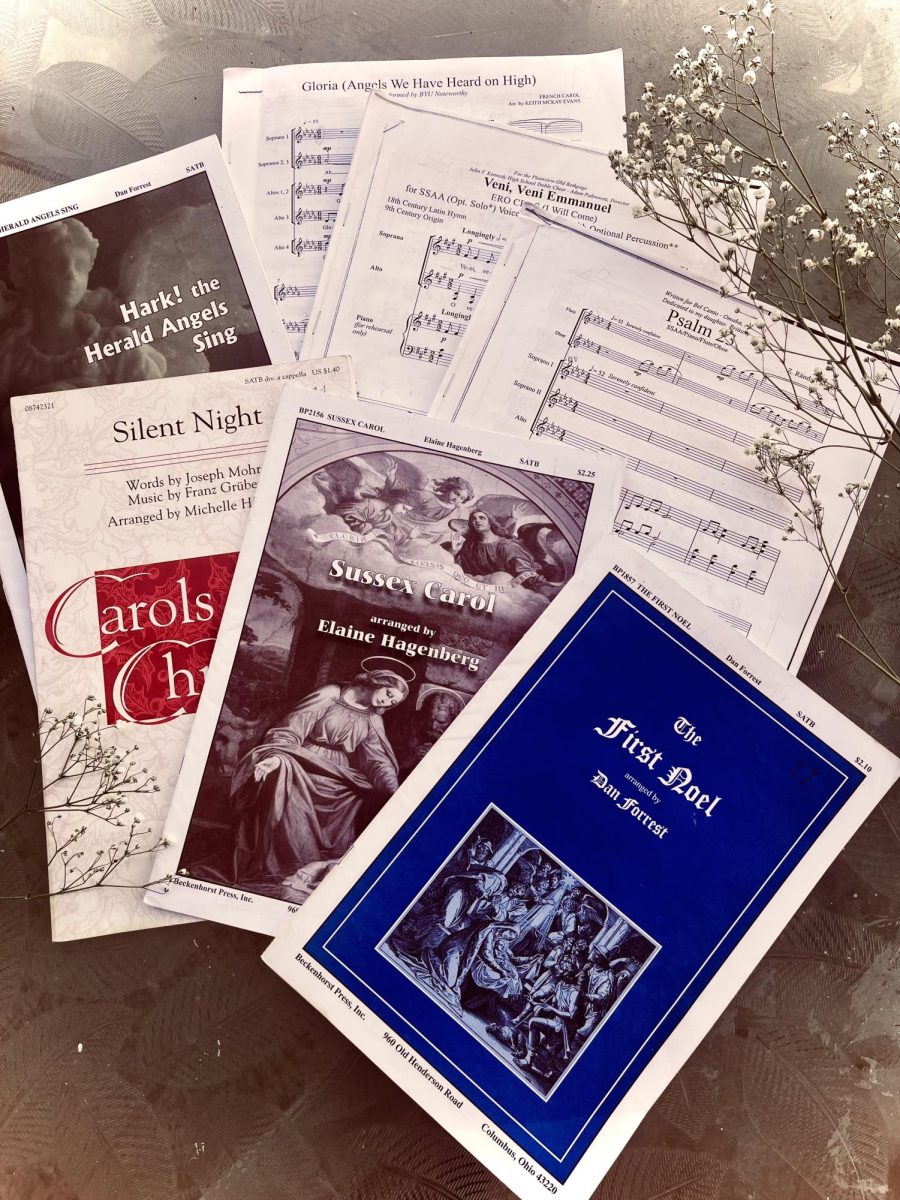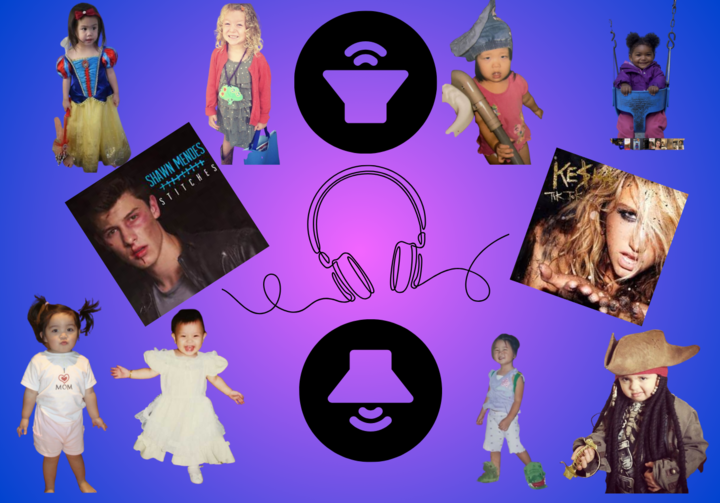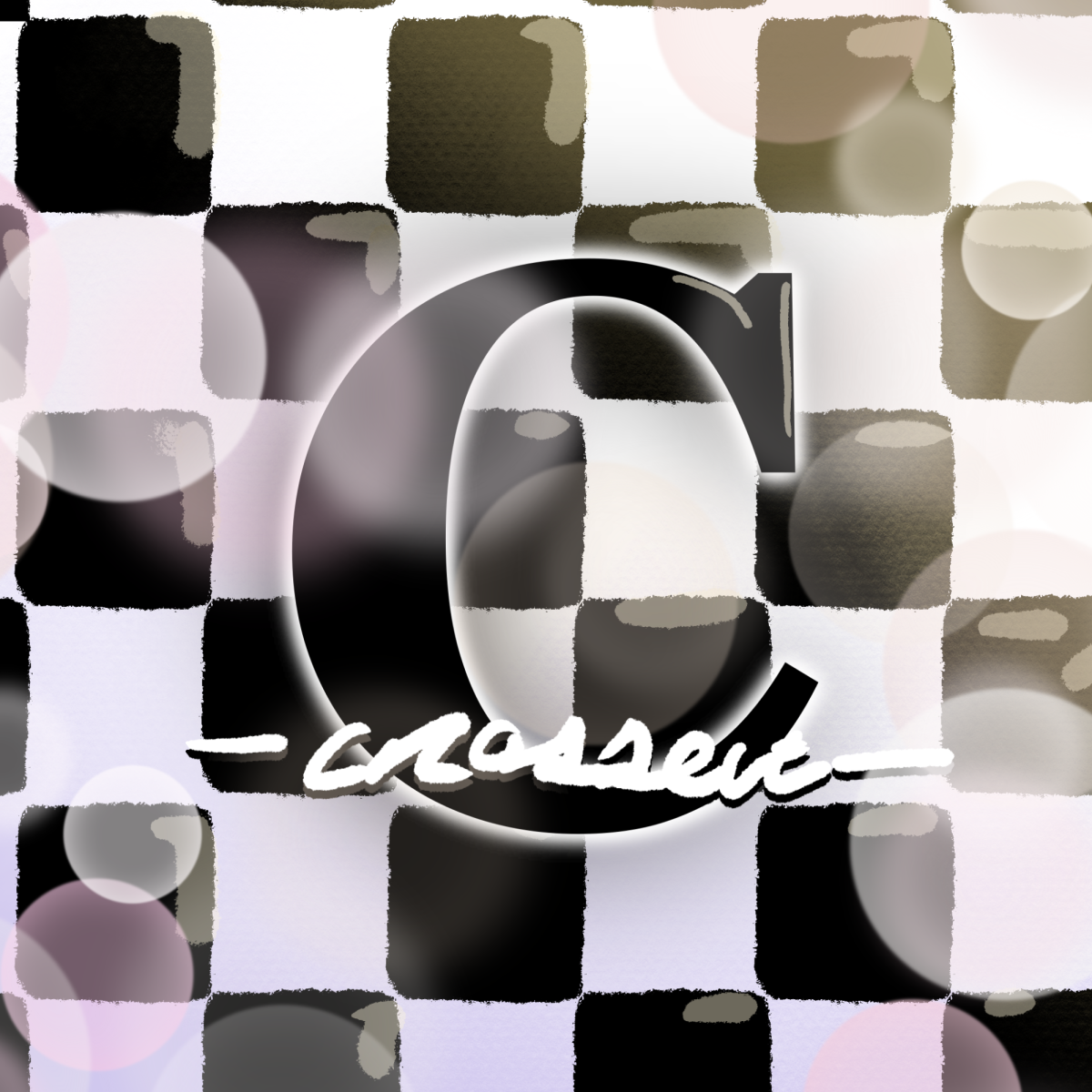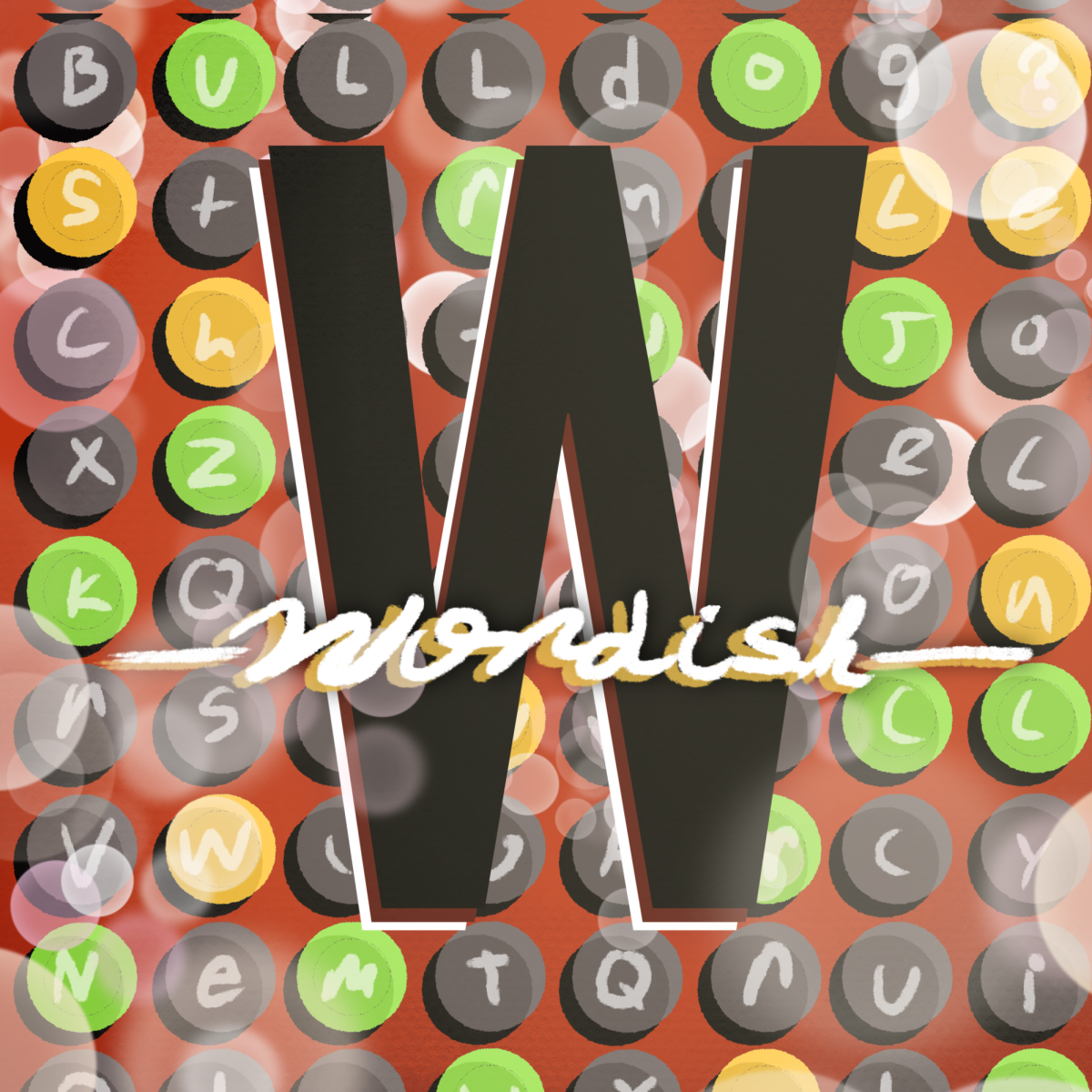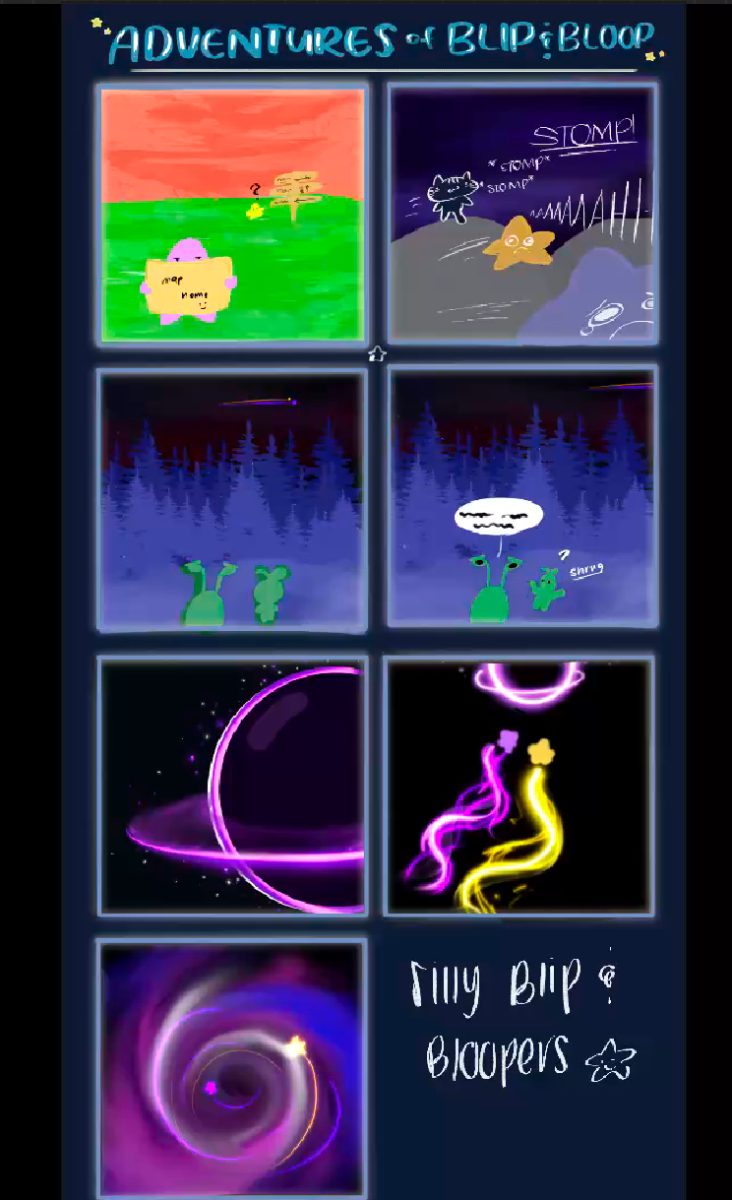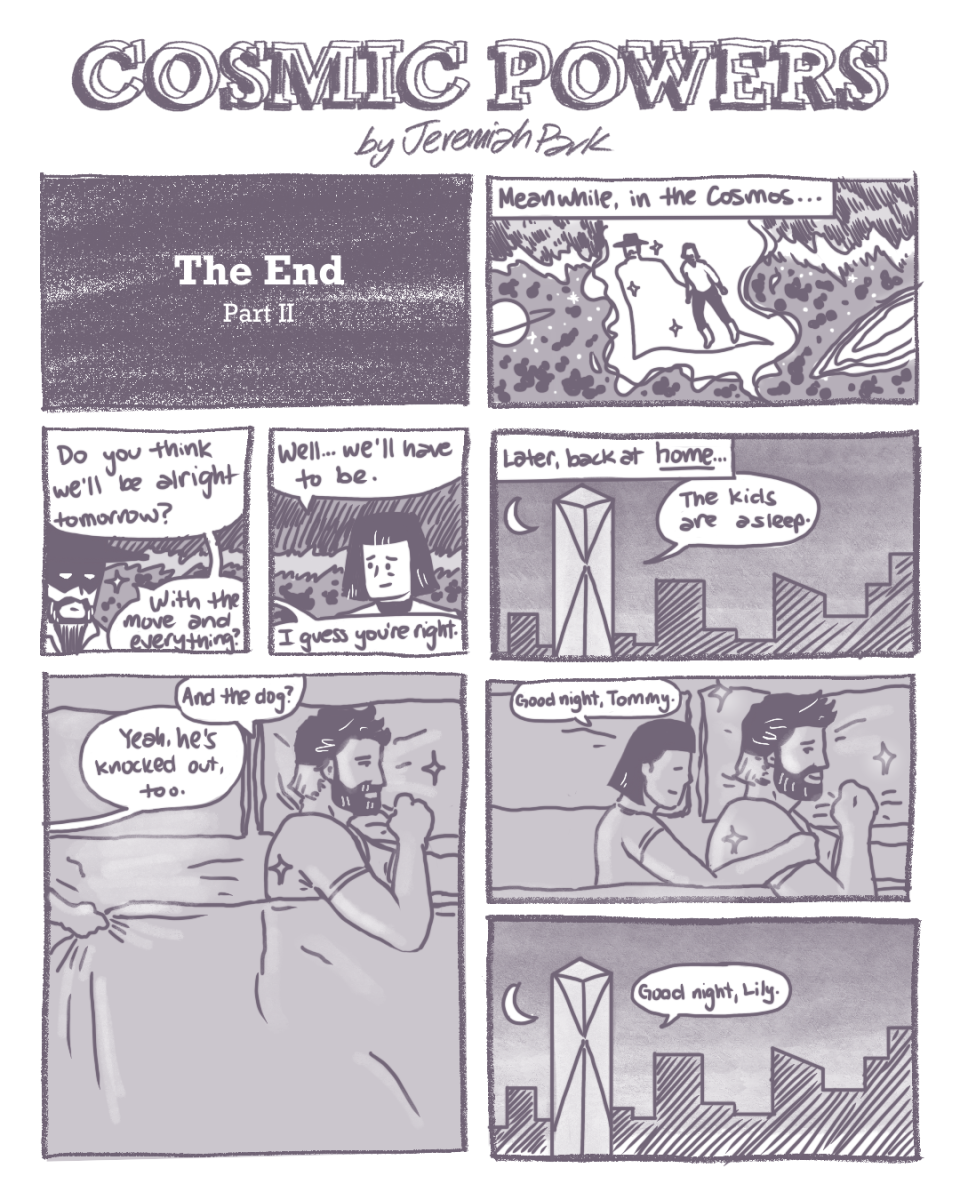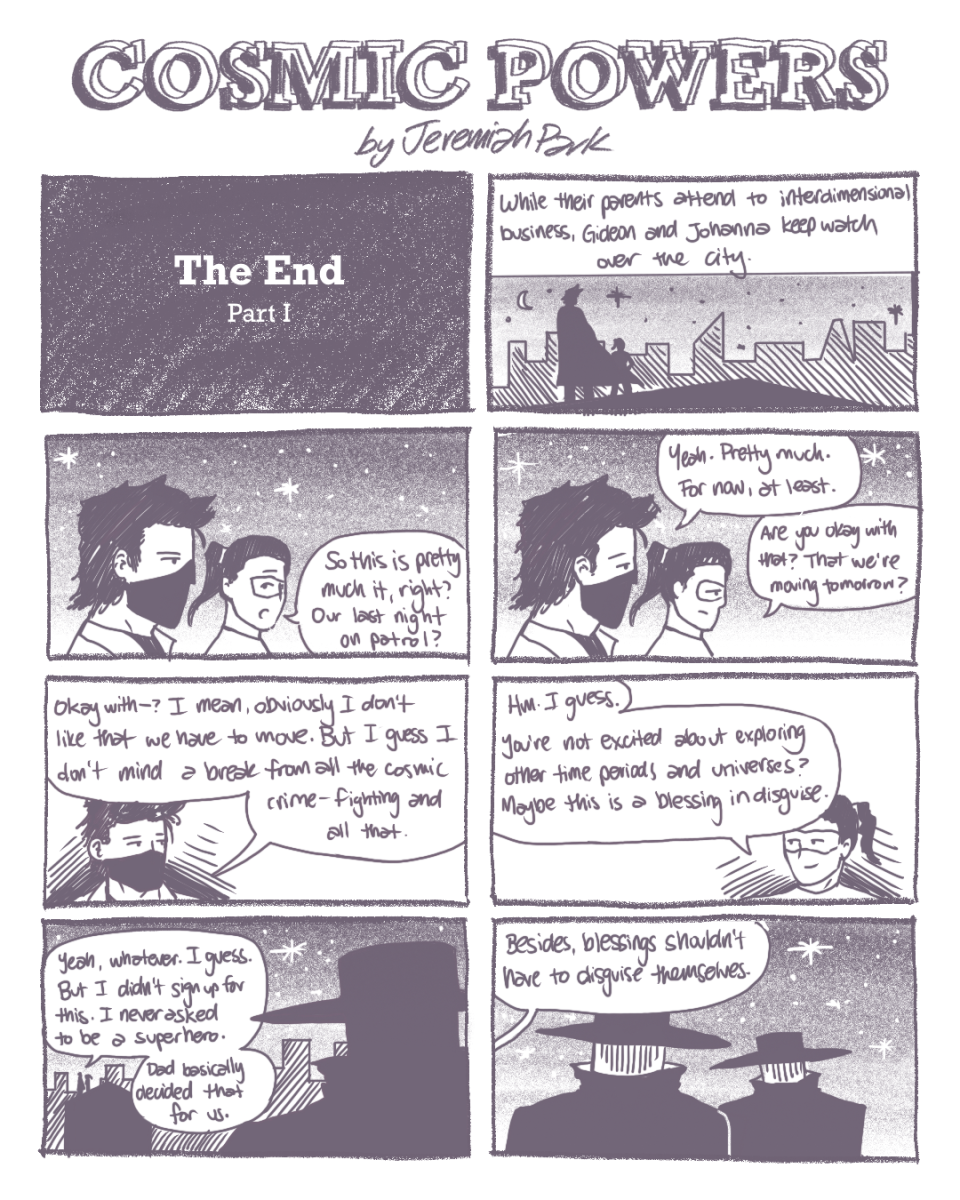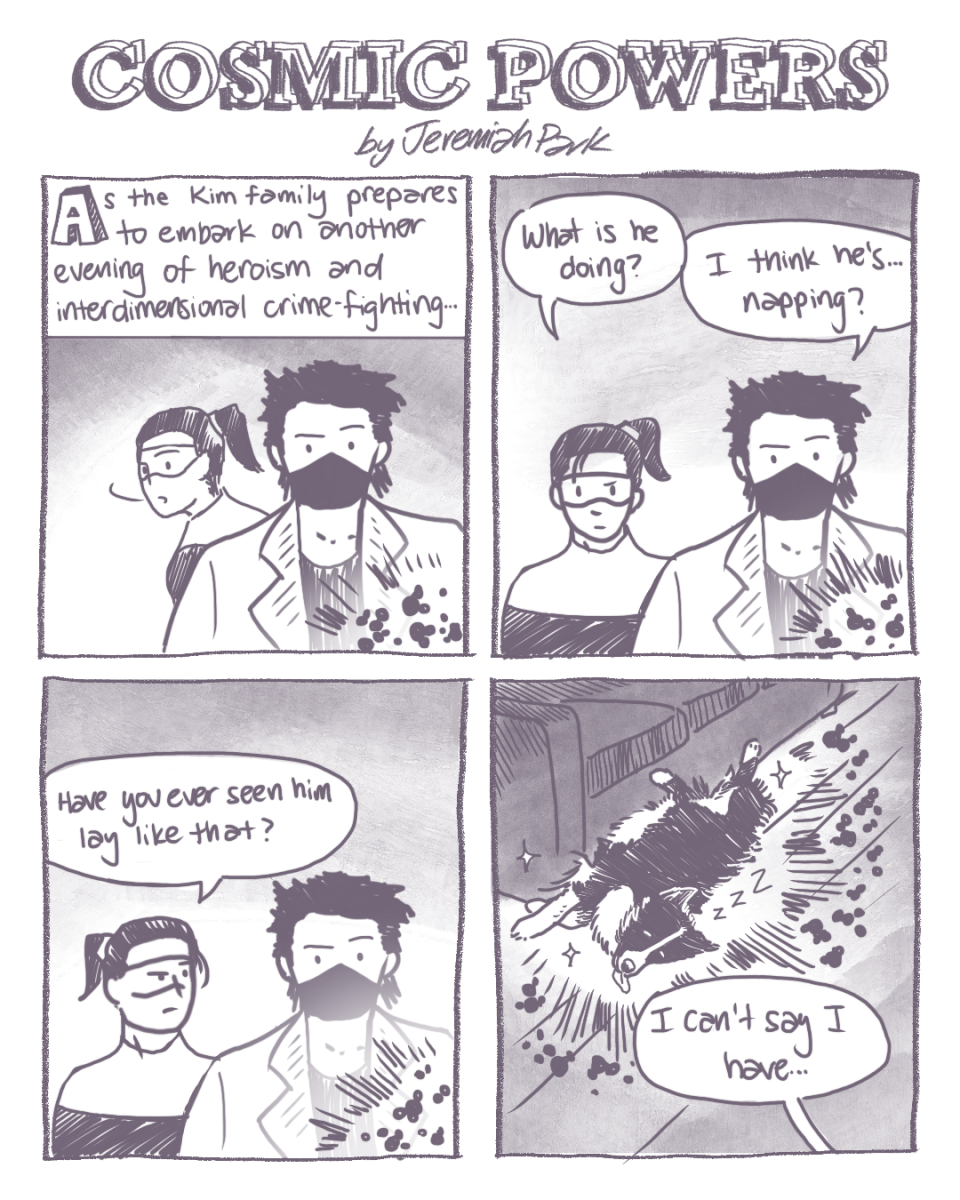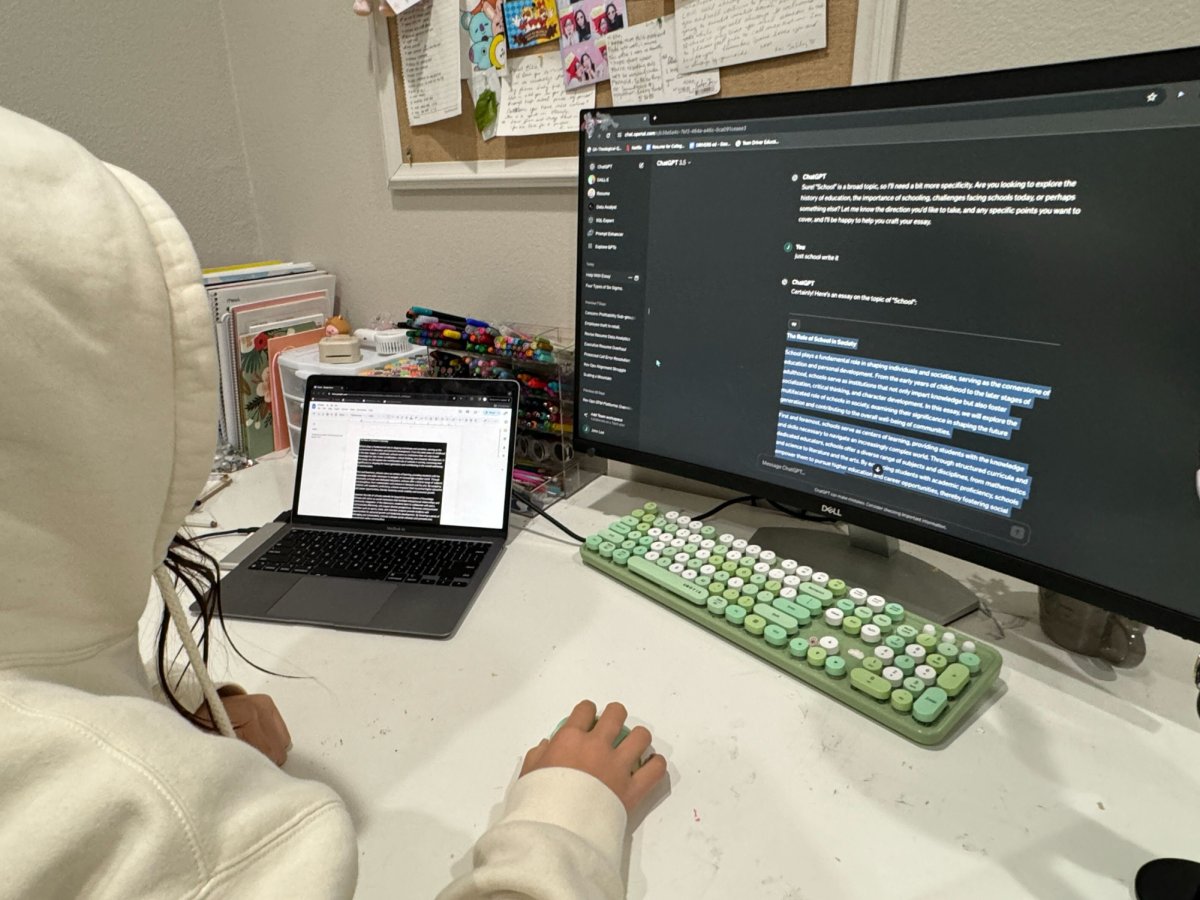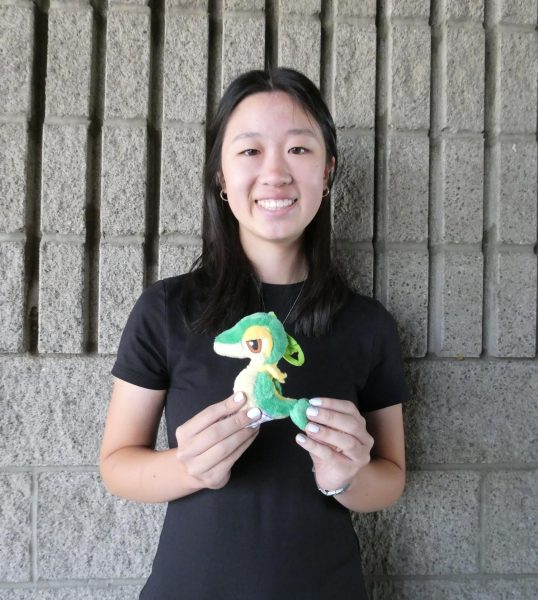The world changed on November 6, 2023. What was so monumental about this day some may ask? Well on that particularly clear, sunny, November day, OpenAI decided to reveal ChatGPT 3.5 to the world. Previous iterations of ChatGPT, a text-based language learning model, were unsuccessful at responding with sensible answers to human questions, but with Generative Pre-Trained Transformer (GPT) 3.5, OpenAI had finally cracked the code.
Technology has undoubtedly revolutionized the way we learn, communicate, and interact with the world around us. However, as advancements in artificial intelligence continue to blur the lines between human and machine interaction, a concerning trend has emerged in education. Students, relying heavily on tools like ChatGPT, are increasingly bypassing critical thinking and genuine engagement in favor of quick fixes and surface-level understanding.
To prove this point, the entire paragraph above was AI-generated. The excerpt was conceived by shoving a short two-sentence prompt into GPT asking it to write the intro of an article criticizing students for using GPT to do school work. In reality, there is more nuance to how GPT affects students’ learning experiences and day-to-day life.
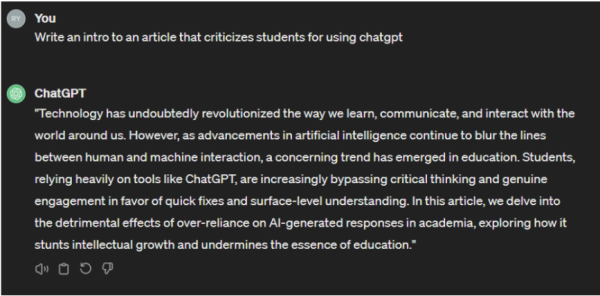
Cheating In Classes
If Spiderman taught this generation anything, it’s that great power comes with great responsibility. It seems that many students have forgotten this as they attempt to use ChatGPT to cheat on class assignments.
“At least everyone attempts it,” said English 11 teacher Ms. Katy Amirtash. “I’d say a good 90% at least attempt it and now this is just my feeling, but I think that maybe the students put it through the AIs and write it in their own words so that the AI is not as obvious and cannot be flagged.”
However, these fears of people rewriting the ideas spouted out by AI were quickly dismissed.
“What comes out of those AI programs, rather than an on-demand piece, makes it more than obvious,” said Amirtash. “There’s vocabulary in there that you know a student does not know, or sentence structures in there that you know a student cannot write. It’s obvious and rampant.”
GPT as a Tool?
On the other hand, GPT is a new emerging technology that some argue should be incorporated into school curriculums. With its text-generating capabilities, GPT can become the next Google search engine.
“AI and language models are like anything else,” said AP US History teacher Mr. Mathew Ellington. “They’re a tool. Just like how a calculator is a tool for math. If used correctly, it can give you a head start, it can simplify things, and it can even point you in a certain direction.”
The concerns about GPT causing plagiarism continue throughout schools though, as GPT is not as two-dimensional as a calculator. The fight to balance embracing GPT in schools and keeping students from plagiarizing is tricky.
“Oftentimes when there is new technology it can be disruptive,” Ellington said. “Both we as teachers need to figure out how to best incorporate these tools and students need to know when it is and isn’t appropriate to use.”
GPT Outside of the Classroom
No matter how dangerous GPT can be for schools, it cannot be denied how useful it can be outside of them. GPT was created for public usage in and outside of classrooms. There are a lot of interesting applications of GPT.
“I sometimes like to ask GPT questions on cooking recipes or lists of what to do while traveling,” said Julianna Limchu (12). “ Other times I like to ask GPT random therapy questions like ‘Why can’t I do this,’ or ‘How do I deal with that?’ There’s a lot of useful information that GPT writes out.”
GPT is here to stay. In coming years, more incidents with this technological tool will arise and sooner or later this problem will be addressed whether it’s a formal curriculum or a ban.


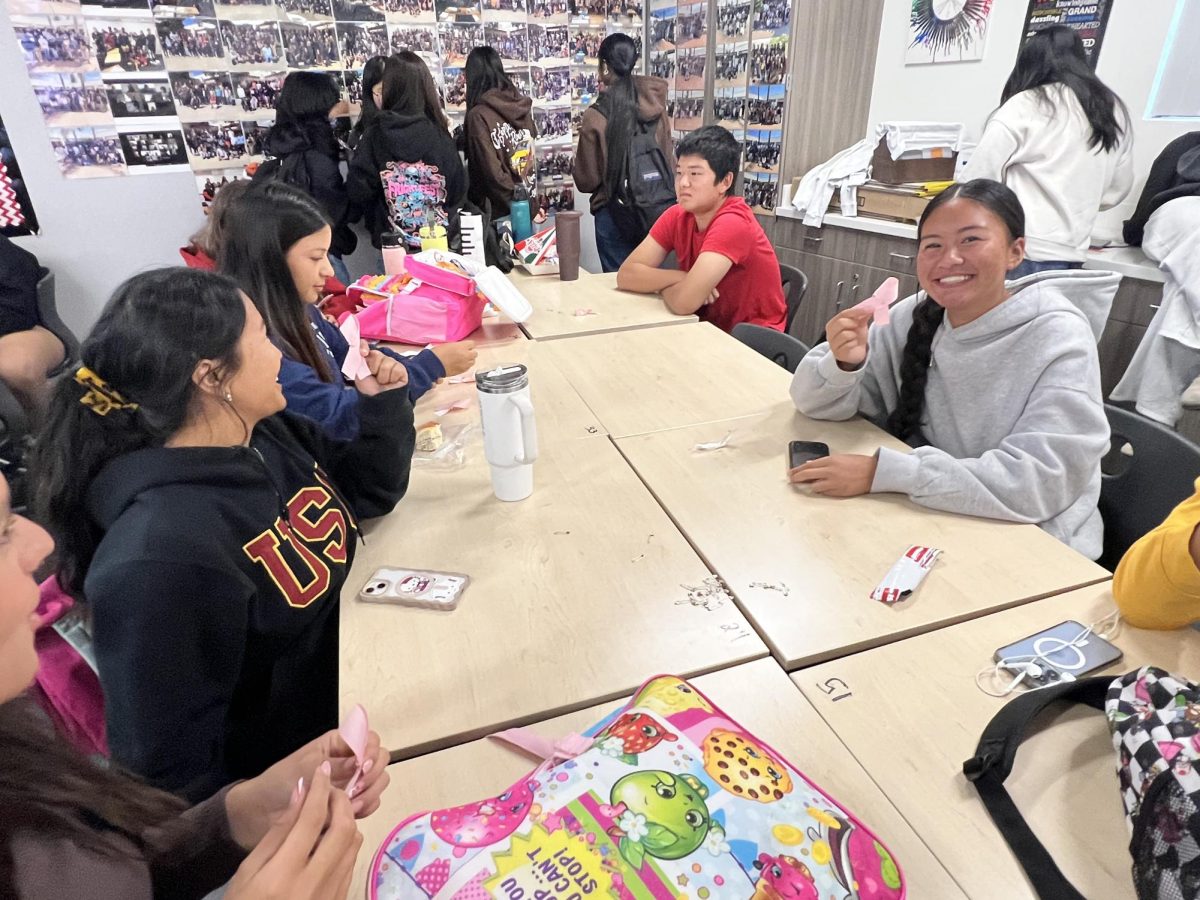
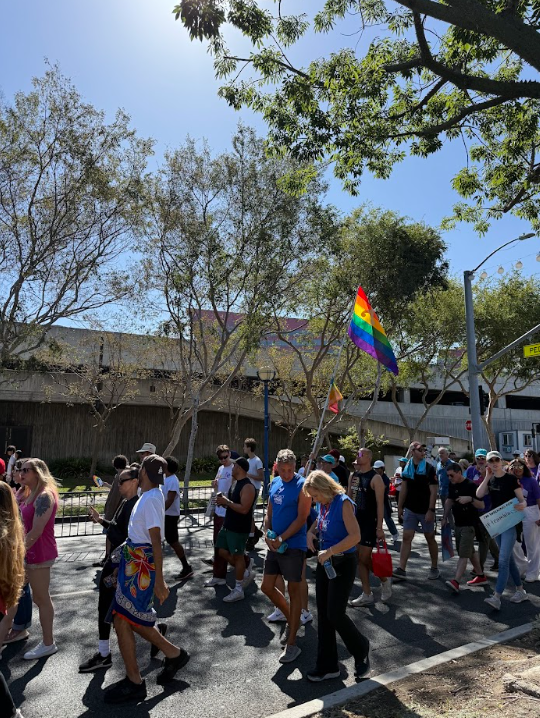




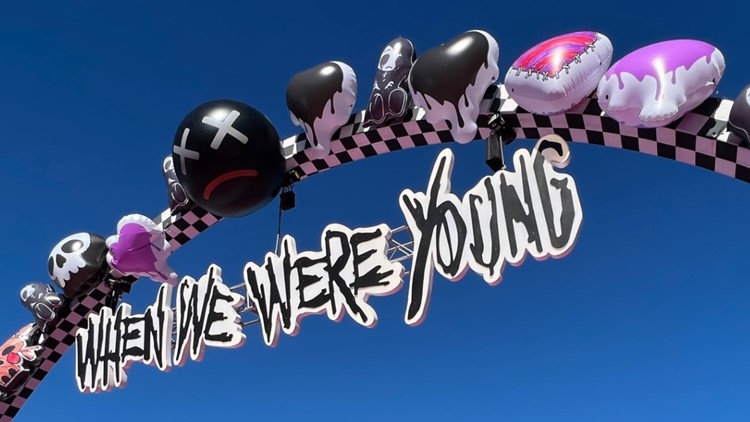

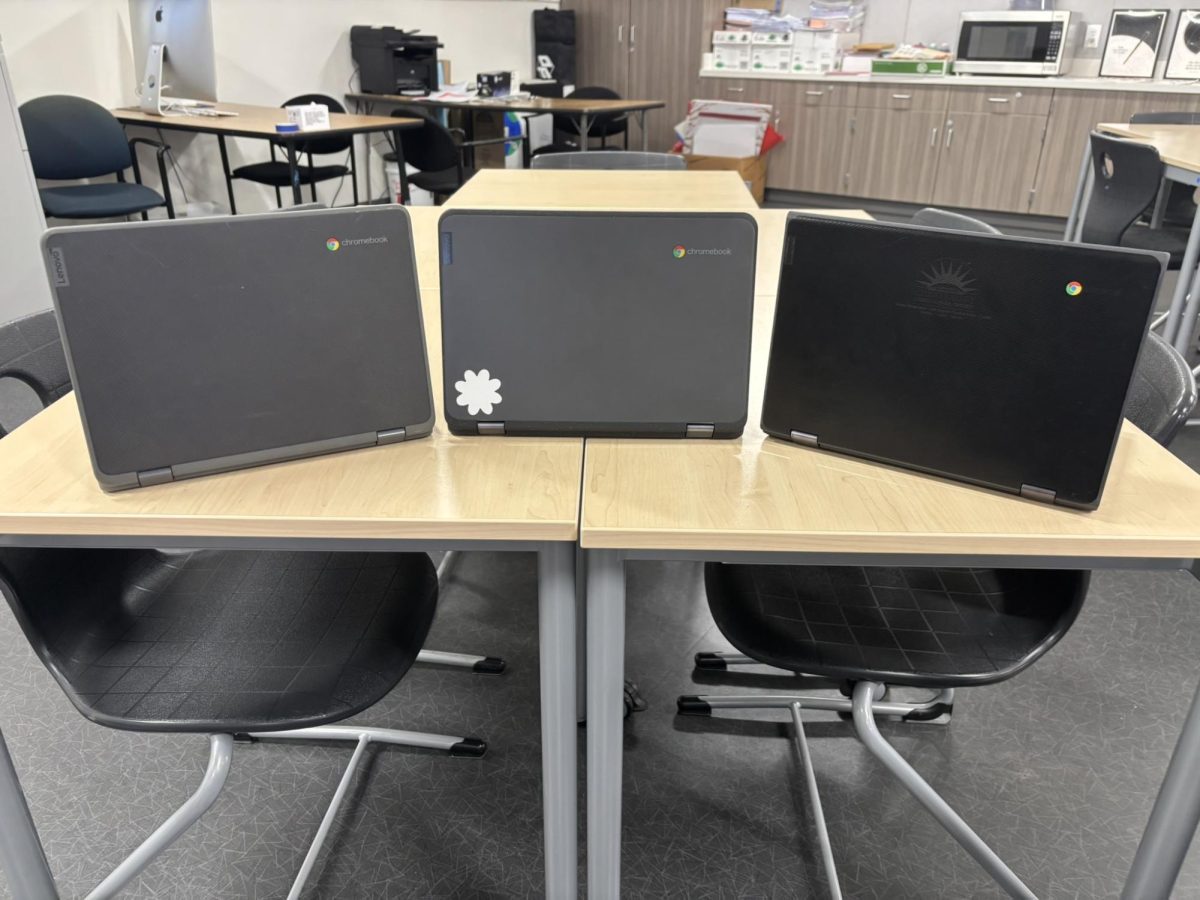
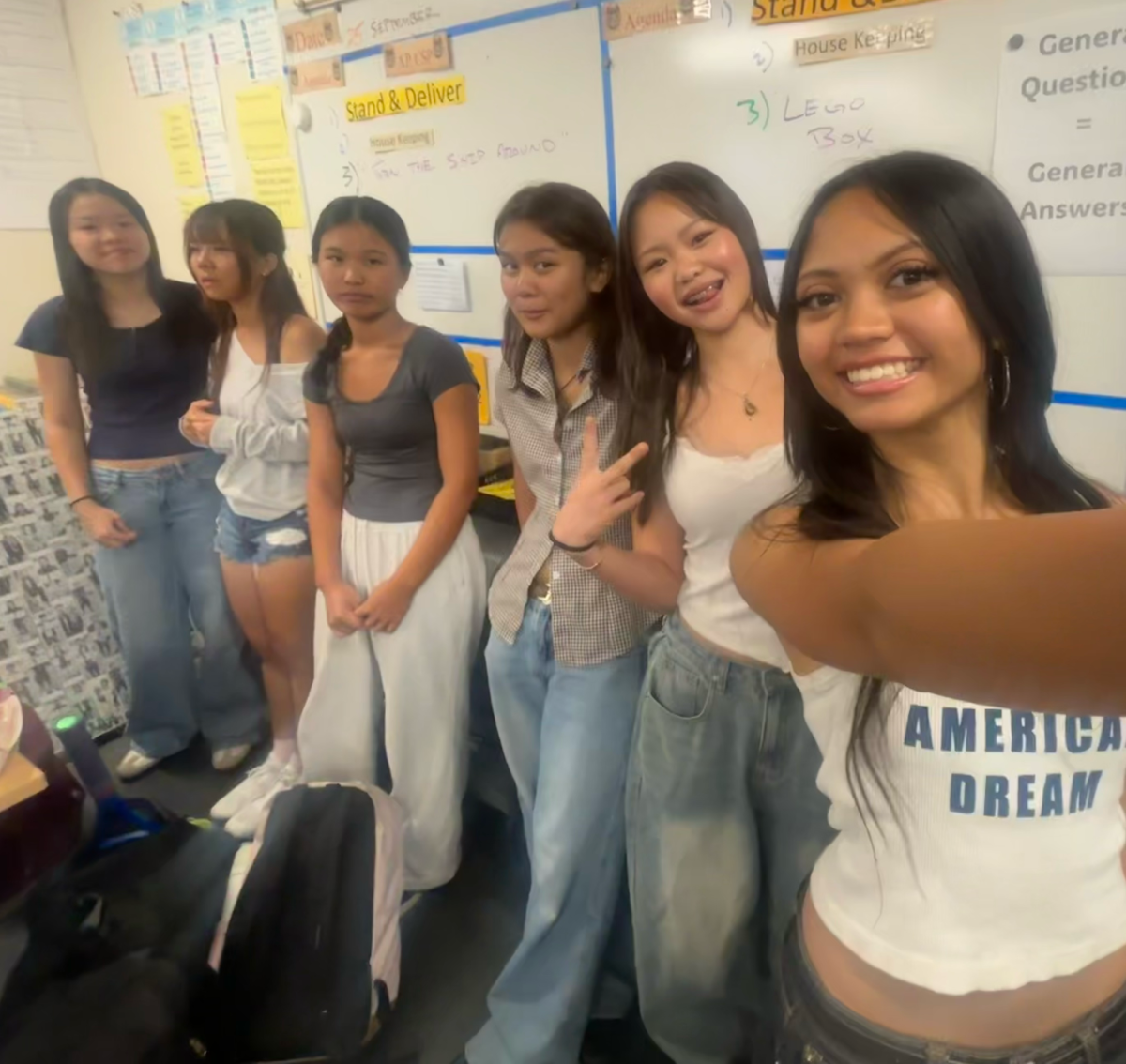



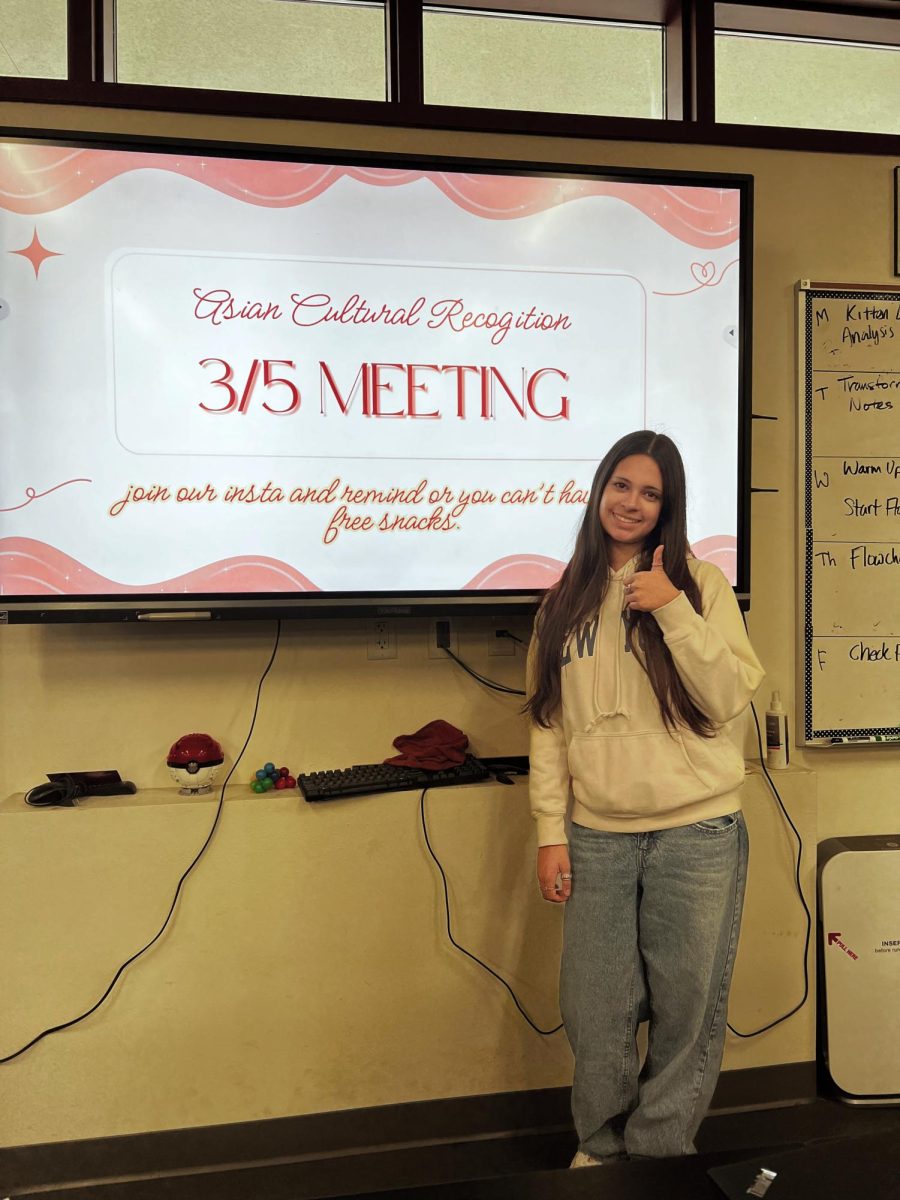






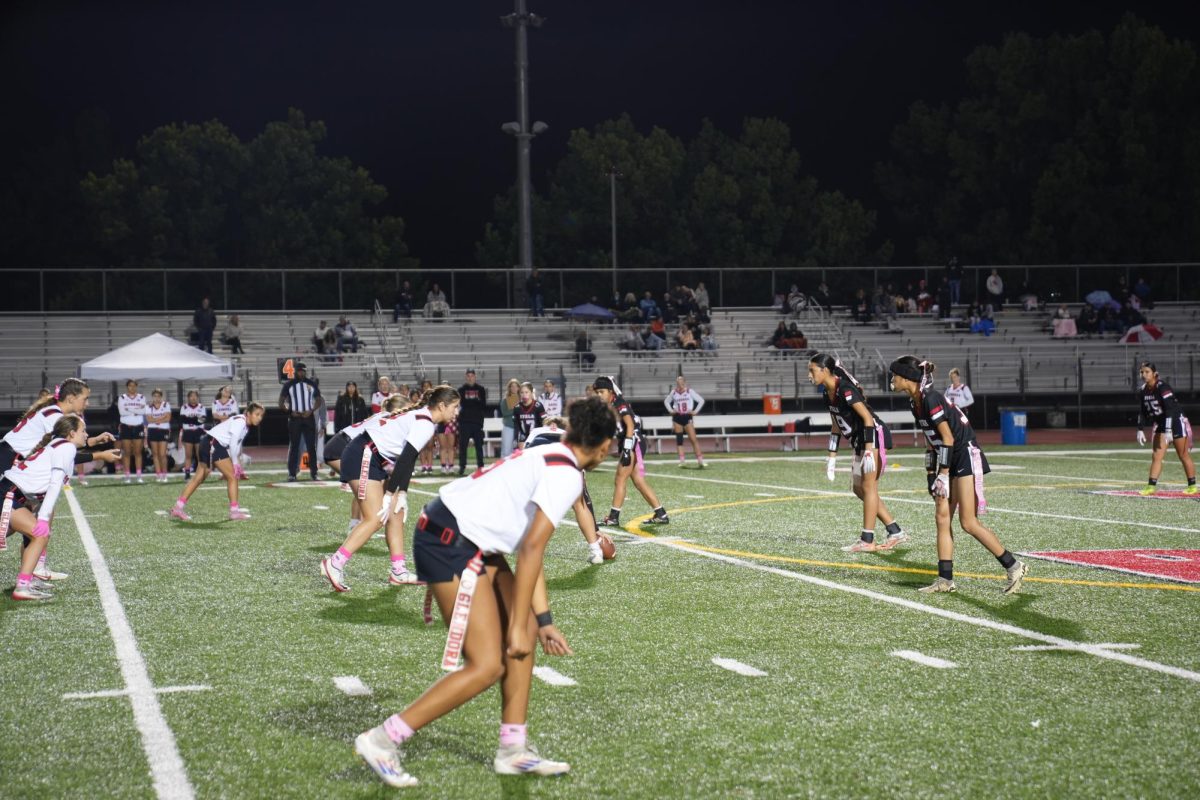
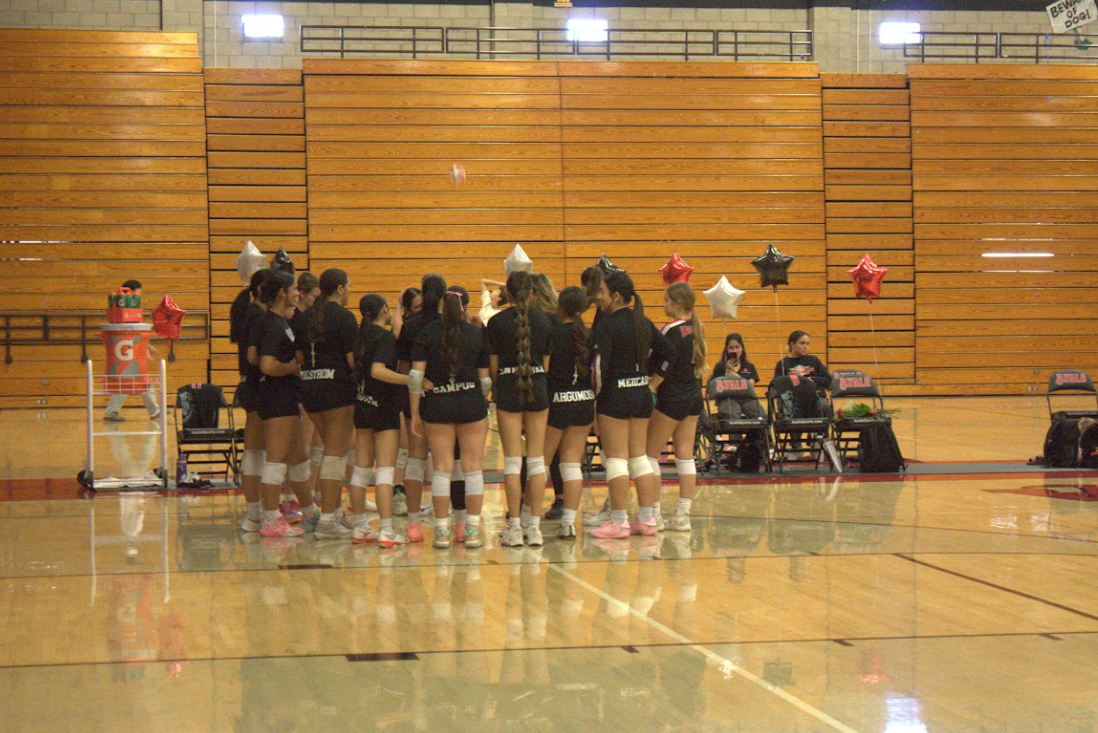

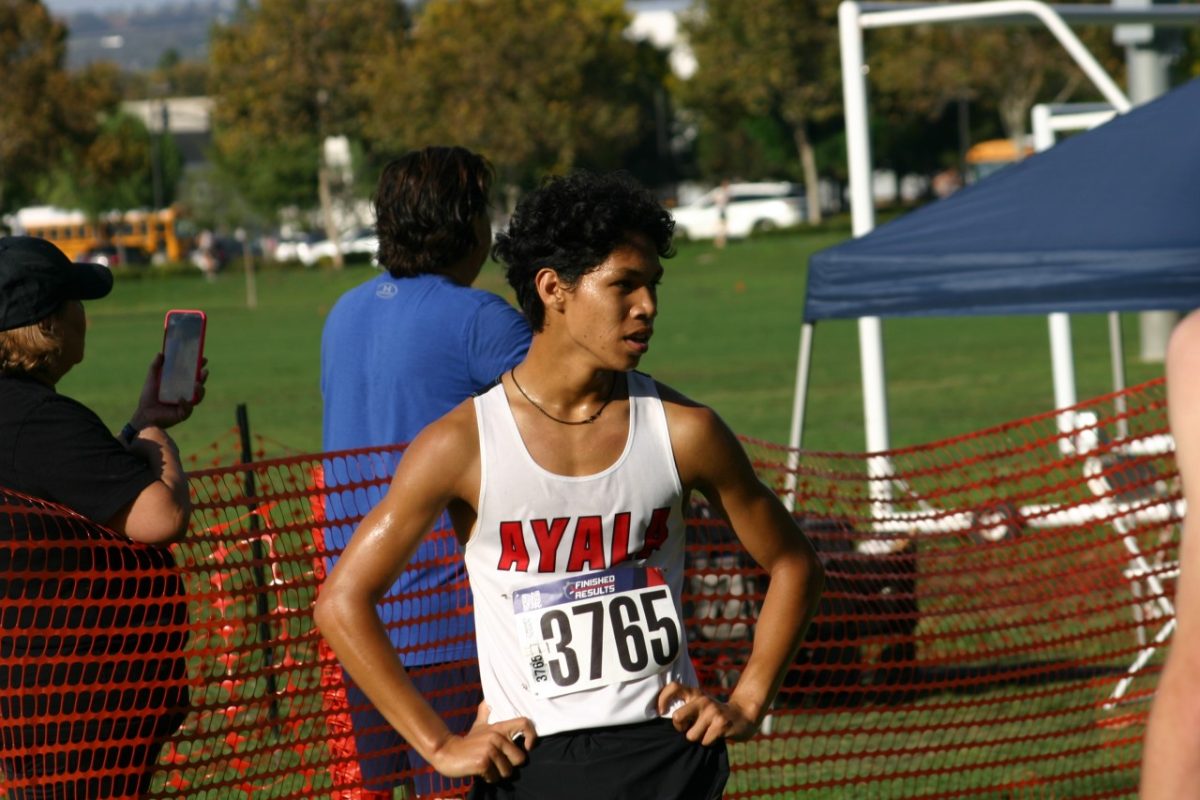
![“I'd say [this season was] successful because I didn't really think I was going to really play much because I'm a freshman. But my coaches took the time and believed in me,” Jonah Boyd (9) said. As a freshman, Boyd has already achieved great success during his first year on the boys Varsity baseball team.](https://ayalabulldogtimes.org/wp-content/uploads/2025/05/IMG_1598-1.jpeg)


